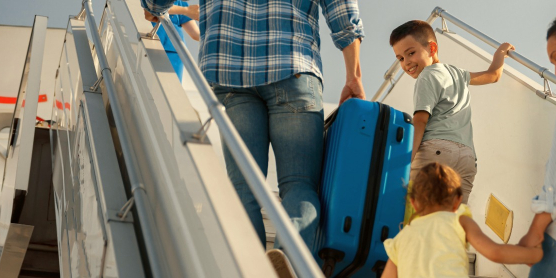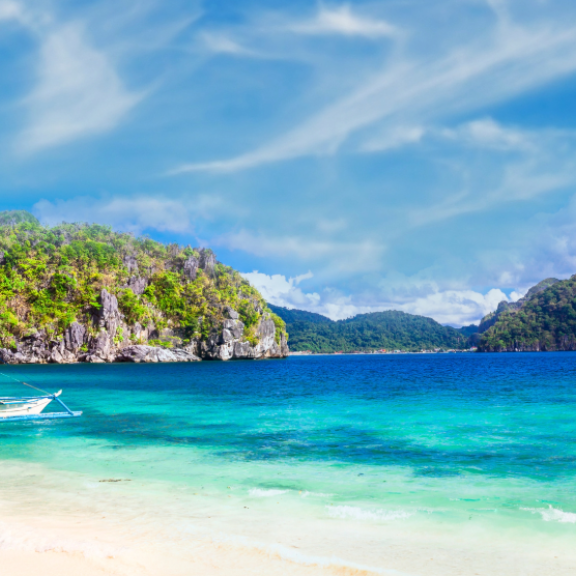
Emigrate to the Philippines
Emigrate to the Philippines: Find out the most important information for your stay here
The Philippines is a Southeast Asian country in the Western Pacific consisting of more than 7,000 islands. In the capital Manila, there is a famous waterfront promenade and the centuries-old Chinatown called Binondo. The colonial-era Intramuros district, surrounded by a city wall, forms the core of the old town. Here you will find the baroque church of San Agustín from the 17th century as well as the Fuerza de Santiago, a multi-storey citadel and a former military prison. For people looking to emigrate to the Philippines, the country offers a rich cultural history, breathtaking natural landscapes and a warm tropical climate. Emigrating to the Philippines can be an exciting way to start a new life in a diverse and welcoming country.
Facts about the Philippines
Capital City
Manila
Population
115.6 million
Surface Area
186,411.36 mi² or 300,000 km²
Continent
Asia
Official Language
Filipino, English
Currency
Philippine Peso (PHP)
Emigrating to the Philippines: An overview of the political system
The Philippines have a rich history with close ties to the former colonial powers Spain (until 1898) and the USA (under direct US administration until 1935, then as a "commonwealth" until 1946). Today, the Philippines is a presidential democracy based on the US model with a bicameral parliament. The president is directly elected for a six-year term and the Supreme Court is the highest court. The original constitution of 1935 was effectively suspended in 1972 with the imposition of martial law and replaced in 1987 following the "EDSA Revolution". With around 110 million inhabitants, the Philippines is the most populous country in ASEAN after Indonesia. For many who wish to emigrate to the Philippines, the country is important due to its strategic location and rich history.
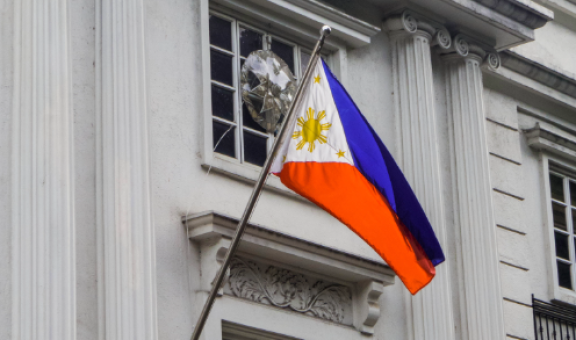
Climate on the Philippines: Important information for emigrants
Due to their proximity to the equator, the Philippines have a tropical climate, which is divided into ever-humid and non-monsoon regions. In the ever-humid tropics of the southern islands, temperatures fluctuate little throughout the year, with highs between 31 and 33 degrees. The central and northern islands experience the southwest monsoon, which brings heavy rainfall from June to October. The rainy season is followed by the driest months from November to February, with temperatures around 30 degrees. For those looking to emigrate to the Philippines, this climate means consistent warmth all year round, making emigrating to the Philippines particularly attractive for tropical lovers.
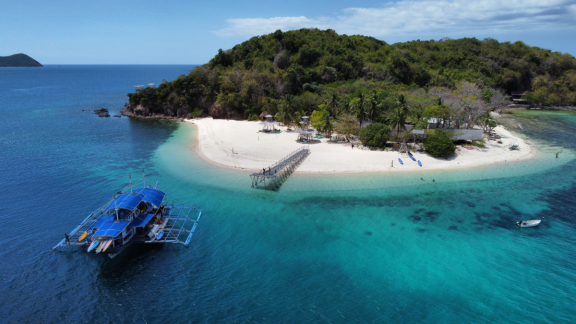
Healthcare system on the Philippines: Important facts for emigrants
In general, the healthcare system in the Philippines is of a high standard. The medical staff is very well trained, even if the facilities cannot always keep up with the first-class hospitals in the USA or the EU. Although the quality of state-subsidized public healthcare is good, it varies greatly between rural and urban areas. Private healthcare offers more consistent and often better equipped care. Since English is spoken everywhere in the Philippines, there are few language barriers to accessing healthcare. For people looking to emigrate to the Philippines, this is an important advantage. Emigrating to the Philippines can therefore also be a good decision in terms of the healthcare system.

Emigrating to the Philippines: An overview of the economic situation and quality of life
In the Philippines, gross domestic product per capita amounted to around 4,153.59 US dollars in 2024. The Gini coefficient of wealth describes the distribution of wealth. The indicator is an established, internationally comparable measure of wealth inequality. It is measured on a scale from zero to one. The higher the value, the greater the inequality. The Gini coefficient in the Philippines is expected to be 0.42 in 2025 (source: Statista).
The Philippines is a popular immigration destination in Southeast Asia. The mild tropical climate, picturesque beaches, low cost of living and good infrastructure attract many foreigners considering emigrating to the Philippines. The cost of living is much lower than in Europe, the USA and other developed countries, which is a major incentive for emigrating to the Philippines. Rent makes up the largest part of the costs. A one-bedroom apartment costs from 300 dollars per month, a house or villa from 500 dollars. Utilities such as electricity, water, gas and internet are also inexpensive. According to expats, the cost of living is around 1,000 dollars per month if you manage sensibly. This makes emigrating to the Philippines an attractive option for many looking for a low-cost lifestyle in a tropical paradise.

National holiday
Independence Day
Emigrate to Indonesia - Entry Requirements
Entry is possible for German nationals with the following documents:
- Passport: Yes
- Temporary passport: Yes, only with a visa issued by the competent Indonesian diplomatic mission before entering Germany
- Identity card: No
- Temporary identity card: No
- Children's passport: Yes, with restriction: only if not extended/updated
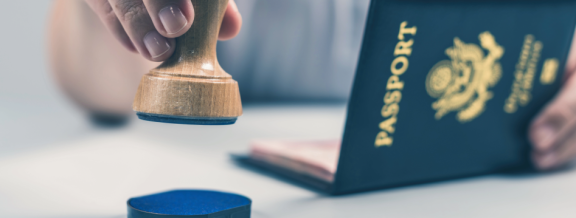
FAQs for emigrating to the Philippines
Where can I find relevant information about my country of entry and the entry regulations that apply there?
We have compiled destination country information as well as entry requirements and customs information for many countries in the Relocation Service section of our website and are constantly expanding this section.
Can I use my own container that I already own for the move with DACHSER & KOLB?
For every removal, which we at DACHSER & KOLB always offer as a door-to-door (full service) removal, a container is rented for the duration of the removal. We therefore do not offer the option of using your own container.
Who is responsible for my move abroad and the services I need there?
As a FIDI member, we work abroad with selected, long-standing partners who work in accordance with our service standards.
Are my removal goods insured in the event of damage?
For every overseas move, we naturally cover transportation insurance at current value for the used household goods and personal belongings
What types of transportation do you offer for overseas relocation?
It is generally possible to carry out overseas removals via air freight or sea freight. In the case of sea freight, it is possible to ship the removal goods as additional cargo (“LCL shipment” with Liftvan) or with a container (FCL shipment in 20 feet, 40 feet or 40 feet high cube). We will be happy to discuss which option is best for you in a personal consultation.
When and how must the move be paid for and what is the payment deadline?
You will receive an invoice a few weeks after placing the order and pay the full amount directly in advance.
Do I have to pay taxes and customs duties on my removal goods?
Removal goods can be imported tax and duty-free into most countries if you have a valid residence permit. We will be happy to check the options for importing the removal goods for your desired destination country in a personal consultation.
Are you interested in moving to Indonesia or another destination country?
Then do not hesitate and contact us today.
Sabrina Klier
Customer Service & Sales - AIR & SEA



